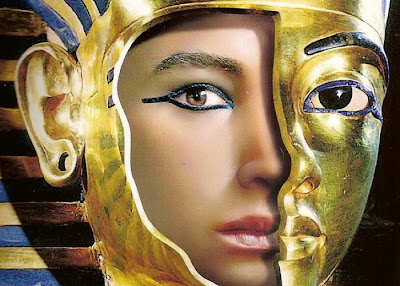Transportation in Ancient Egypt
Because the Nile is running along the length of the country, boats and ships have been the most important means of transportation in Egypt since ancient times and even the reigns of Muslim rulers. Ships have been shown in frescoes since the Naqada civilization (circa 4000 to 3100 BC); from the time of the ancient state, small wooden models of ships became among the funerary furniture in many tombs. These models represent many types of boats that the ancient Egyptians designed for different purposes. The papyrus boats were used for picnic in the Delta swamps; in daily activities, large wooden boats were used to transport heavy goods, religious ceremonies and for military purposes. During the Ptolemaic period, the Ptolemies built a vast naval force. Ptolemaic ships were manufactured in a variety of ways, which were known throughout the Hellenic world. Pareidates were an important type of naval vessel. The "Kerkoros" ships were used for both commercial and maritime purpose...

















